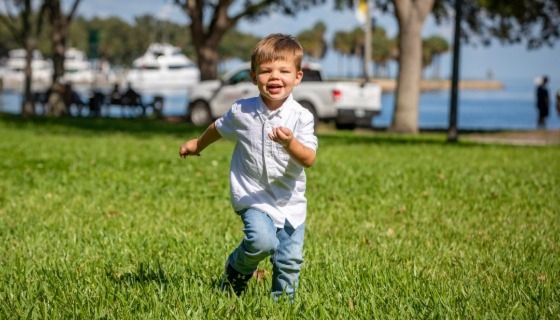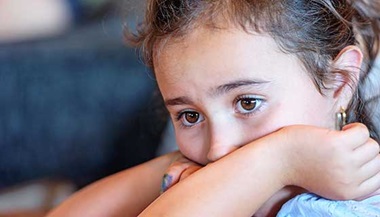Benign Rolandic Epilepsy
Benign rolandic epilepsy (BRE), also known as benign epilepsy with centrotemporal spikes (BECTS), is an epilepsy syndrome affecting children.
What You Need to Know
- Benign rolandic epilepsy is a syndrome that starts causing seizures in children between ages 6 and 8.
- Benign rolandic epilepsy is the most common childhood epilepsy, accounting for 15 percent of diagnoses.
- The condition affects boys more often than girls.
- In the majority of patients, the seizures stop on their own during adolescence.
Symptoms of Benign Rolandic Epilepsy
Seizures associated with benign rolandic epilepsy are usually brief — no more than two minutes in duration. They tend to occur infrequently and most often at night. The child may maintain full awareness while the seizure is happening.
Benign rolandic epilepsy is characterized by twitching, numbness or tingling of the child's face or tongue, and may interfere with speech and cause drooling. Seizures spread from one area of the brain and become generalized.
Treatment for Benign Rolandic Epilepsy
In some cases, benign rolandic epilepsy does not cause major problems and resolves on its own by the time the child is a teenager.
However, some children have seizures during the day or lose sleep because of nighttime seizures. In other cases, children with benign rolandic epilepsy have difficulty with reading, verbal learning or attention.
In these situations, the doctor may recommend medication such as levetiracetam, valproic acid or oxcarbazepine.





